PREVIOUS
Economic Survey 2024/2025 - Part 02
February 15 , 2025
4 hrs 0 min
51
0
Economic Survey 2024/2025 - Part 02
(இதன் தமிழ் வடிவத்திற்கு இங்கே சொடுக்கவும்)
- Prices and Inflation: Understanding the Dynamics
- Global Inflation Trends:
- Global inflation moderated to 5.7% in 2024, down from 8.7% in 2022 (IMF).
- India’s Inflation:
- Retail inflation in India reduced from 5.4% in FY24 to 4.9% in FY25 (April–December 2024).
- Inflation Targeting:
- RBI and IMF forecast India’s consumer price inflation to gradually align with the target of around 4% by FY26.
- Climate-Resilient Agriculture:
- Development of climate-resilient crop varieties and improved farming practices are key to mitigating extreme weather effects and ensuring long-term price stability.
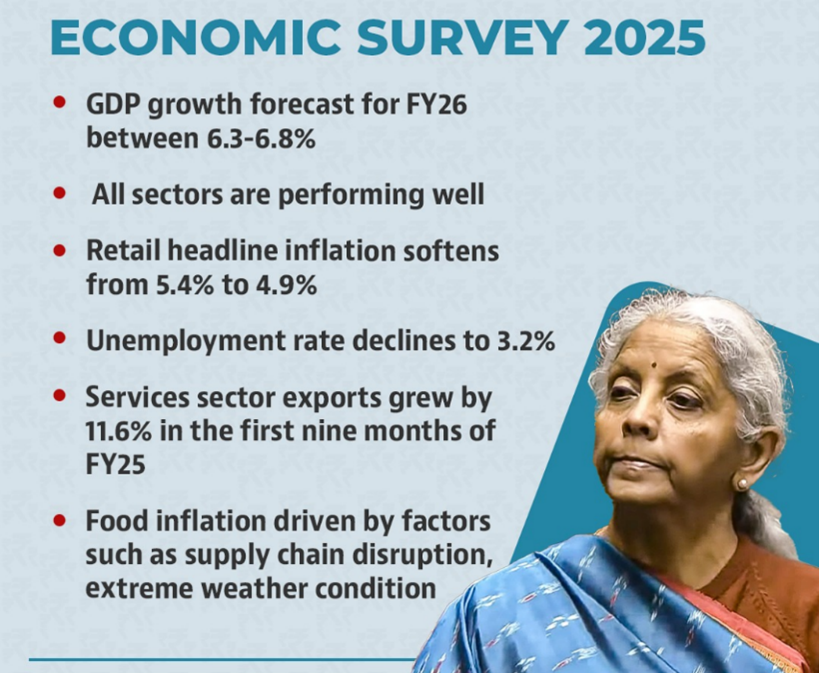
- Medium-Term Outlook: Deregulation Drives Growth
- Geo-Economic Fragmentation (GEF):
- India is undergoing transformation amid unprecedented economic challenges and opportunities.
- GEF is replacing globalization, leading to economic realignments.
- Growth Target for Viksit Bharat 2047:
- India needs an average growth rate of 8% for 10–20 years to achieve the vision of "Viksit Bharat" (Developed India) by 2047.
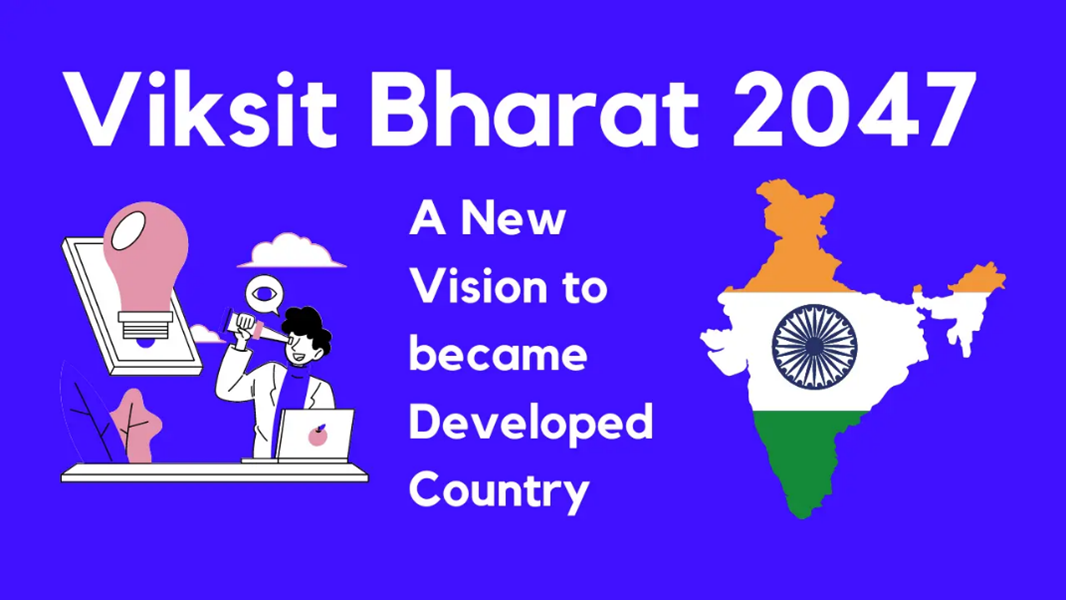
- Global Realities:
- The medium-term growth outlook must consider new global realities such as GEF, China’s manufacturing strength, and reliance on China for energy transition.
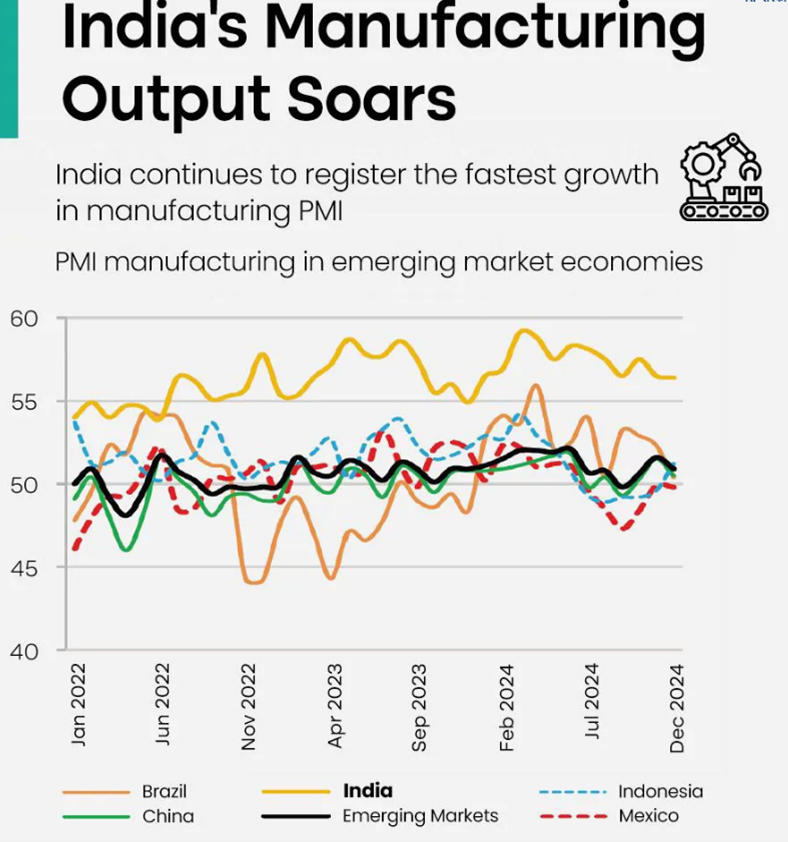
- Deregulation and Economic Freedom:
- India aims to focus on systematic deregulation to drive domestic growth.
- Systemic deregulation is seen as the key policy priority to bolster medium-term growth.
- Focus on Ease of Doing Business 2.0:
- The focus will be on enhancing the Ease of Doing Business through reforms and creating a viable Mittelstand (MSME sector).
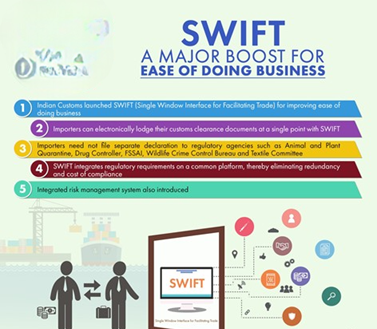
- State-level Reforms:
- States are encouraged to liberalize standards, reduce tariffs, apply risk-based regulations, and establish legal safeguards for enforcement.
- Investment and Infrastructure: Keeping it Going
- Public Spending on Infrastructure: Focused on increasing public infrastructure spending and mobilizing resources.
- Capital Expenditure Growth: 38.8% growth in capital expenditure on infrastructure from FY20 to FY24.
- Railway Network Expansion: 2031 km of railway network commissioned (April-November 2024), 17 new pairs of Vande Bharat trains introduced.
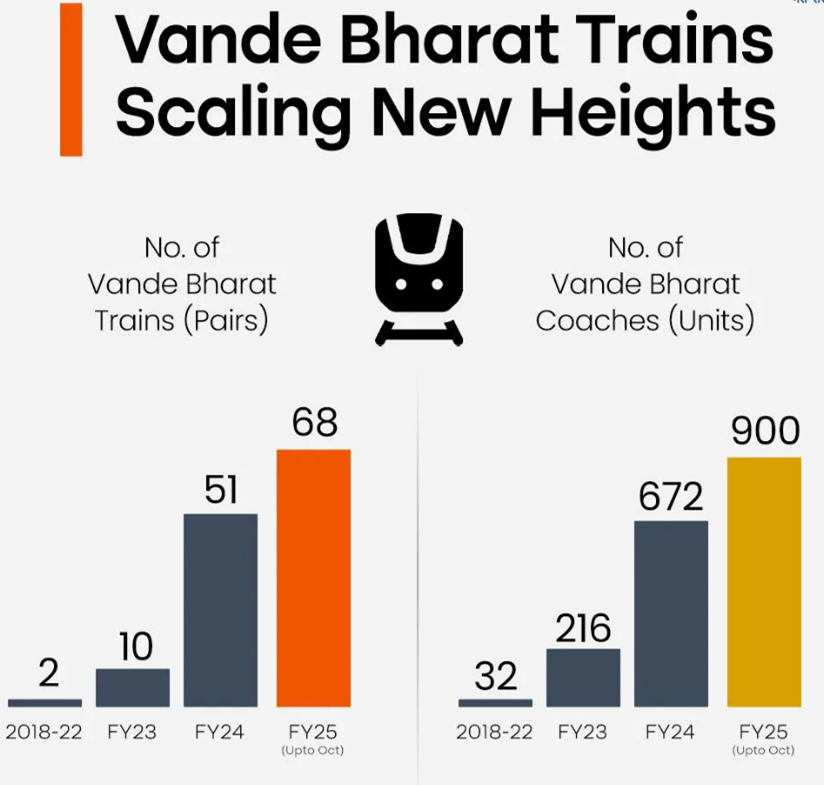
- Road Network Expansion: 5853 km of National Highways constructed in FY24 (April-December).
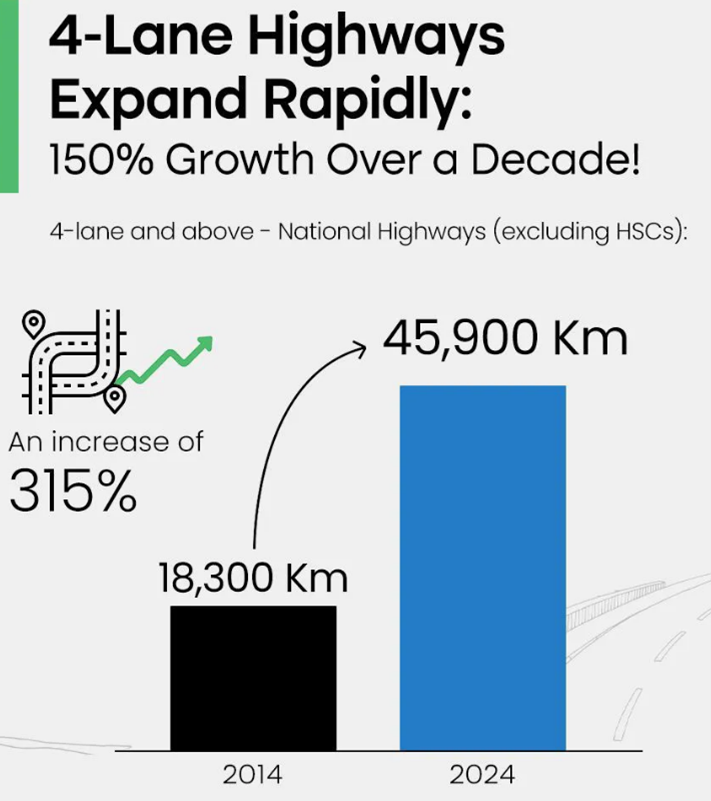
- Industrial Corridor Development: 383 plots covering 3788 acres allotted in phase 1 under the National Industrial Corridor Programme.
- Port Efficiency: Container turnaround time reduced from 48.1 hours to 30.4 hours (FY25, April-November).
- Renewable Energy Growth: 15.8% increase in solar and wind power capacity, renewable energy accounts for 47% of total installed capacity.
- Rural Electricity Access: 18,374 villages electrified, 2.9 crore households given electricity.
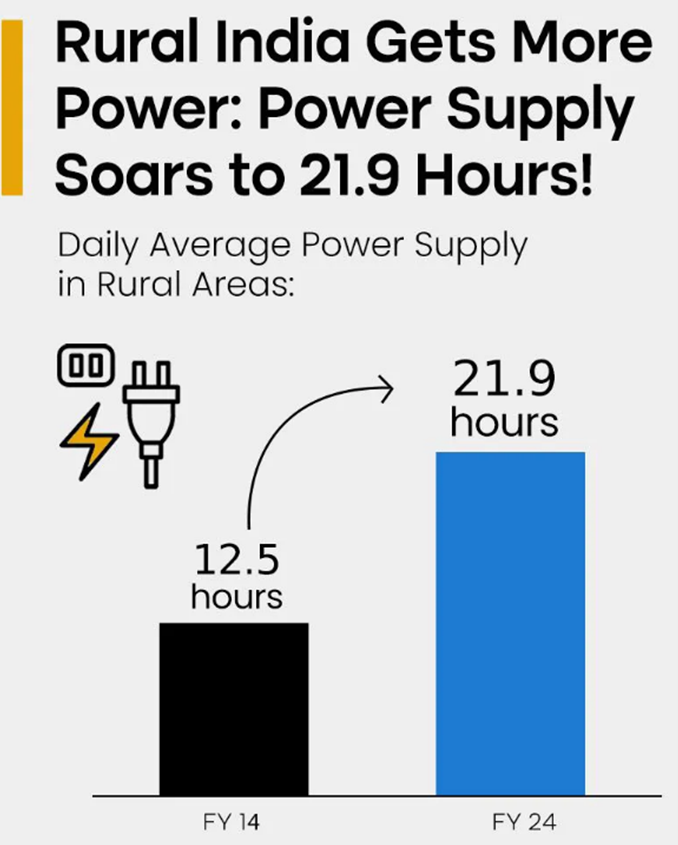
- Digital Connectivity: 5G rollout completed across all states by October 2024, 10,700+ villages covered with 4G by December 2024.
- Water Access: Over 12 crore families gained access to piped drinking water under the Jal Jeevan Mission.
- Swachh Bharat Mission: 1.92 lakh villages declared ODF Plus in Phase II (April-November 2024).
- Housing Initiatives: 89 lakh houses completed under Pradhan Mantri Awas Yojana (PMAY).
- Urban Transportation: Metro and rapid rail systems expanded in 29 cities, covering over 1,000 km.
- Real Estate Sector Regulation: 1.38 lakh real estate projects registered and 1.38 lakh complaints resolved.
- Space Sector: India operates 56 active space assets, including the Gaganyaan and Chandrayaan-4 missions.
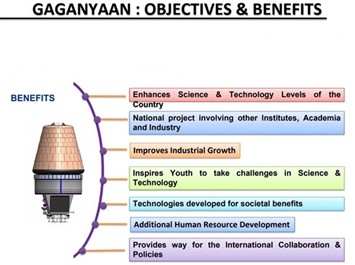
- Public-Private Collaboration: National Infrastructure Pipeline and Monetisation Pipeline foster private sector participation.
- Industry: All About Business Reforms
- Industrial Sector Growth: Expected to grow by 6.2% in FY25, driven by electricity and construction.
- Smart Manufacturing & Industry 4.0: Promoted through SAMARTH Udyog centres.
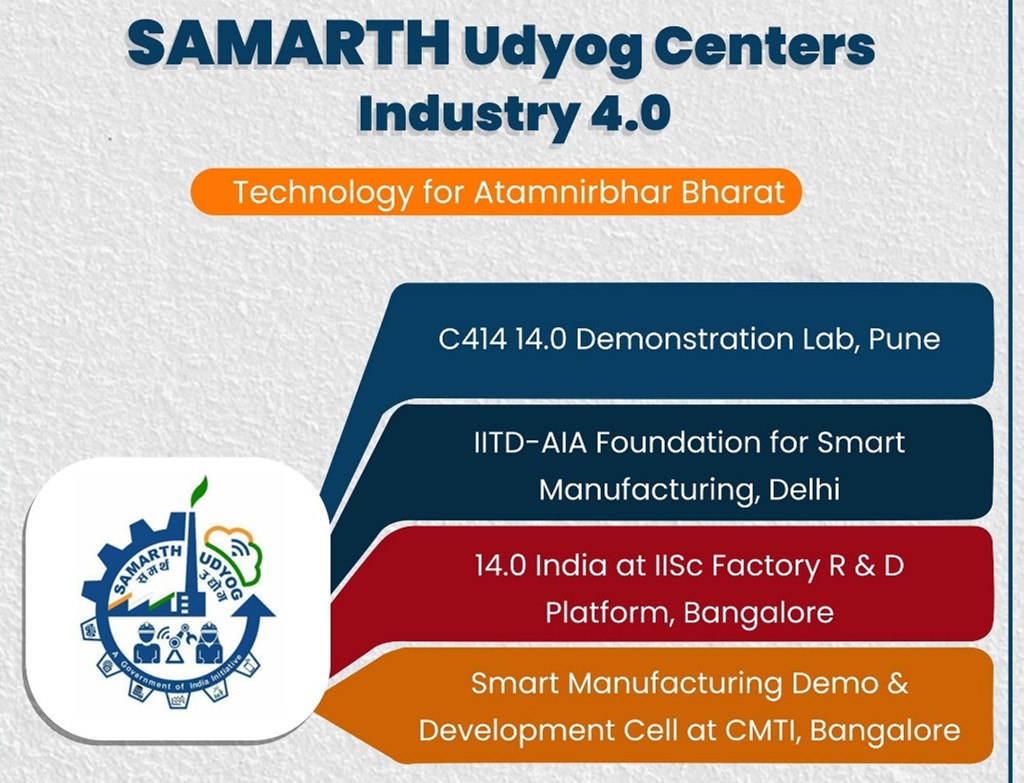
- Automobile Sector Growth: Domestic automobile sales grew by 12.5% in FY24.
- Electronics Manufacturing: 99% of smartphones manufactured domestically, CAGR of 17.5% in electronics production (FY15-FY24).
- Pharmaceutical Sector: Turnover of ₹4.17 lakh crore in FY24, growing at 10.1% CAGR over the past five years.
- Patent Filings: India ranks 6th globally in patent filings (WIPO Report 2022).
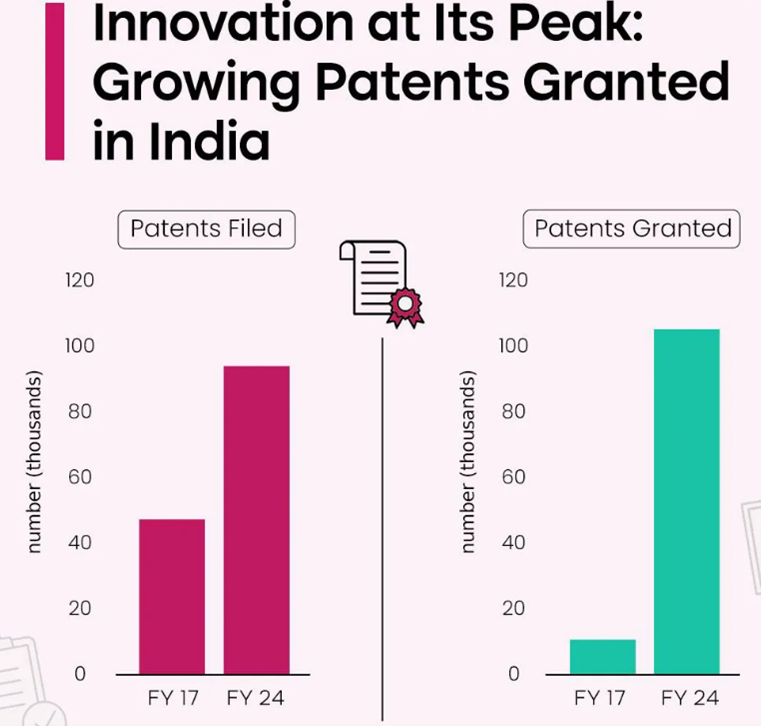
- MSME Growth: Key economic driver, with the Self-Reliant India Fund providing ₹50,000 crore for equity funding.
- Cluster Development: Government implementing the MSME Cluster Development Programme nationwide.
- Services:
- Growth in Services Sector: Contribution to total GVA increased from 50.6% in FY14 to 55.3% in FY25.
- Global Share in Services Exports: India held 4.3% of global services exports in 2023, ranking 7th.
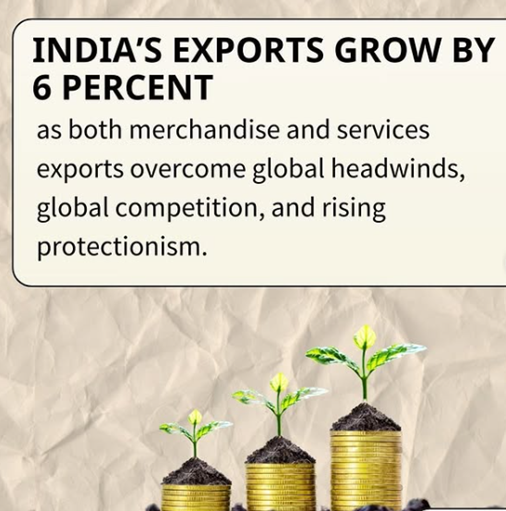
- Information & Computer Services: Grew at 12.8% over the last decade, with a GVA share increase from 6.3% to 10.9%.
- Railway Growth: 8% increase in passenger traffic and 5.2% growth in freight revenue (FY24).
- Tourism Sector: Contribution to GDP returned to 5% in FY23, pre-pandemic level.
- Agriculture and Food Management: Sector of the Future
- Agriculture’s Contribution to GDP: Contributed 16% to GDP in FY24.
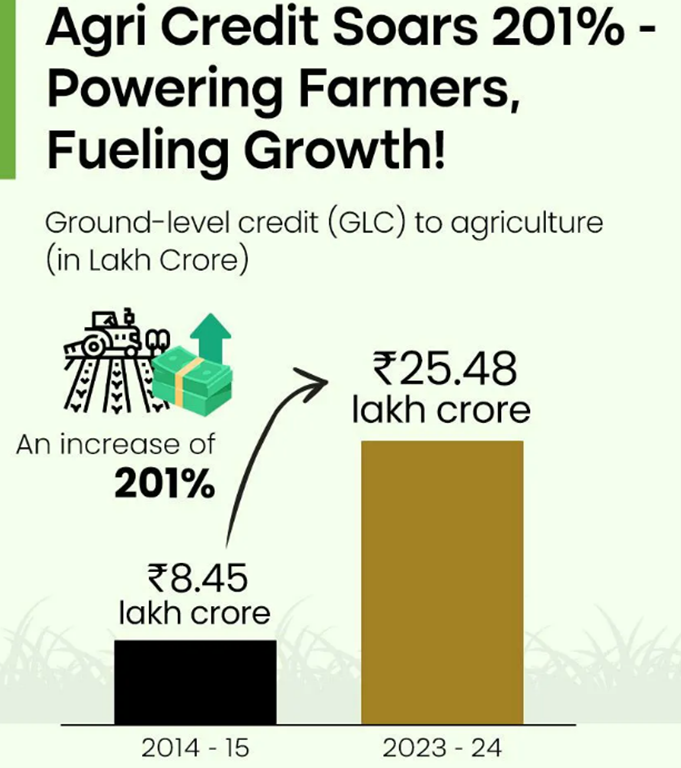
- Growth in High-Value Agriculture: Key growth drivers include horticulture, livestock, and fisheries.
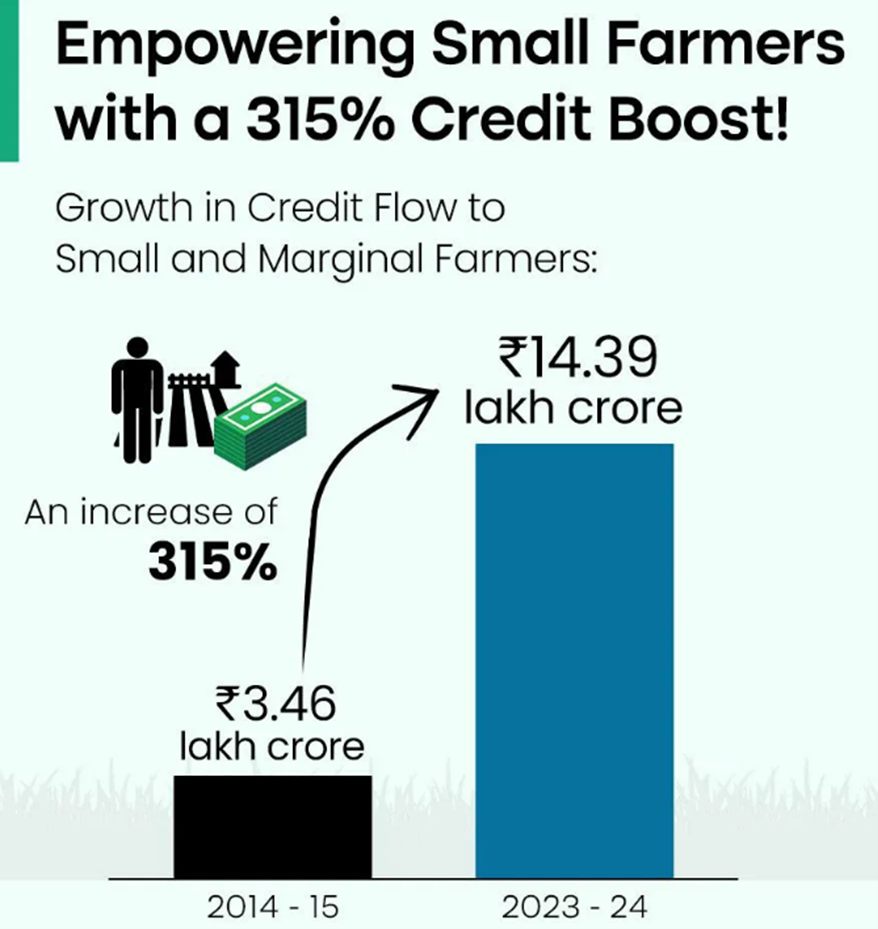
- Kharif Food grain Production: Expected to reach 1647.05 LMT, an increase of 89.37 LMT from last year.
- Minimum Support Price (MSP): MSP for Arhar and Bajra increased by 59% and 77%, respectively, in FY25.
- Fisheries and Livestock Growth: Fisheries sector grew at 8.7% CAGR, livestock at 8%.
- Food Security Measures: PMGKAY continues to provide free food grains for five more years.
- Farmer Welfare Schemes: 11 crore farmers benefitted from PM-KISAN; 23.61 lakh enrolled in PM Kisan Mandhan.
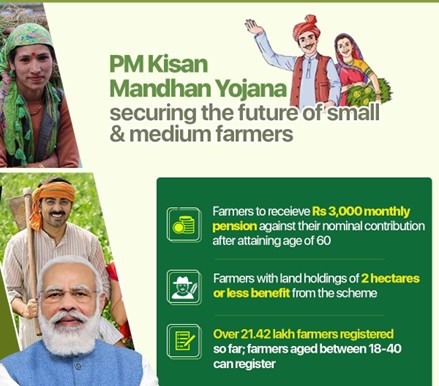
- Climate & Environment: Adaptation Matters
- India’s Ambition for Sustainable Development: Vision to become a developed nation by 2047, rooted in sustainability.
- Non-Fossil Fuel Electricity Generation: 46.8% of total installed capacity from non-fossil fuel sources by Nov 2024 (213,701 MW).
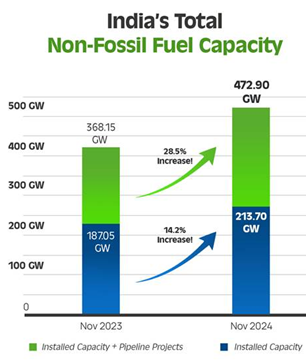
- Forest Carbon Sinks: India created an additional 2.29 billion tonnes of CO2 equivalent carbon sink (2005-2024).
- Lifestyle for Environment (LiFE): India leads the global LiFE movement, promoting eco-friendly lifestyles.
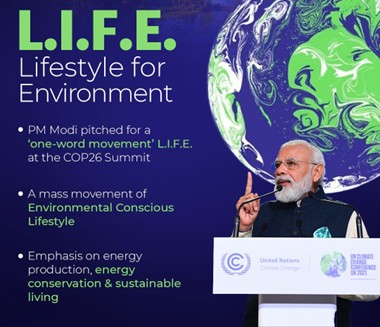
- LiFE Impact: Could save USD 440 billion globally by 2030 through reduced consumption and lower prices.
- Social Sector: Extending Reach and Driving Empowerment
- Social Services Expenditure: Government spending grew at a 15% CAGR from FY21 to FY25.
- Declining Income Inequality: Gini coefficient in rural areas dropped from 0.266 to 0.237, and in urban areas from 0.314 to 0.284 (2022-2024).
- Government Health Expenditure: Government share increased from 29% to 48%, reducing out-of-pocket expenditure from 62.6% to 39.4%.
- Ayushman Bharat PM-JAY: Led to ₹1.25 lakh crore savings in healthcare expenditures.
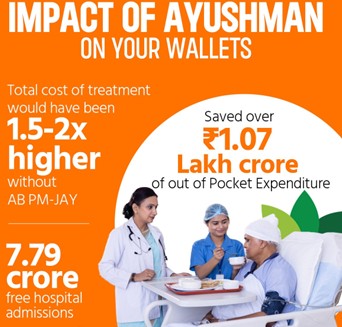
- Localization of SDGs: Budgeting at the Gram Panchayat level aligns with SDG objectives.
- Employment and Skill Development: Existential Priorities
- Labour Market Improvement: Unemployment rate decreased to 3.2% in 2023-24 from 6.0% in 2017-18.
- India’s Demographic Advantage: 26% of India’s population is in the 10-24 age group, making it one of the youngest nations globally.
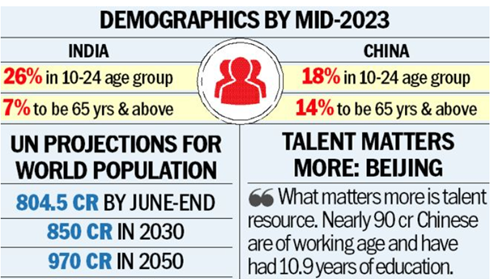
- Women’s Entrepreneurship: Government initiatives support women entrepreneurs with credit access, marketing, skill development, and startup assistance.
- Emerging Job Opportunities: Growing sectors like digital economy and renewable energy are expected to generate significant employment.
- Skilled Workforce Development: Government is developing a skilled workforce to adapt to trends like automation, AI, digitalization, and climate change.
- PM-Internship Scheme: Transformative scheme for employment generation.
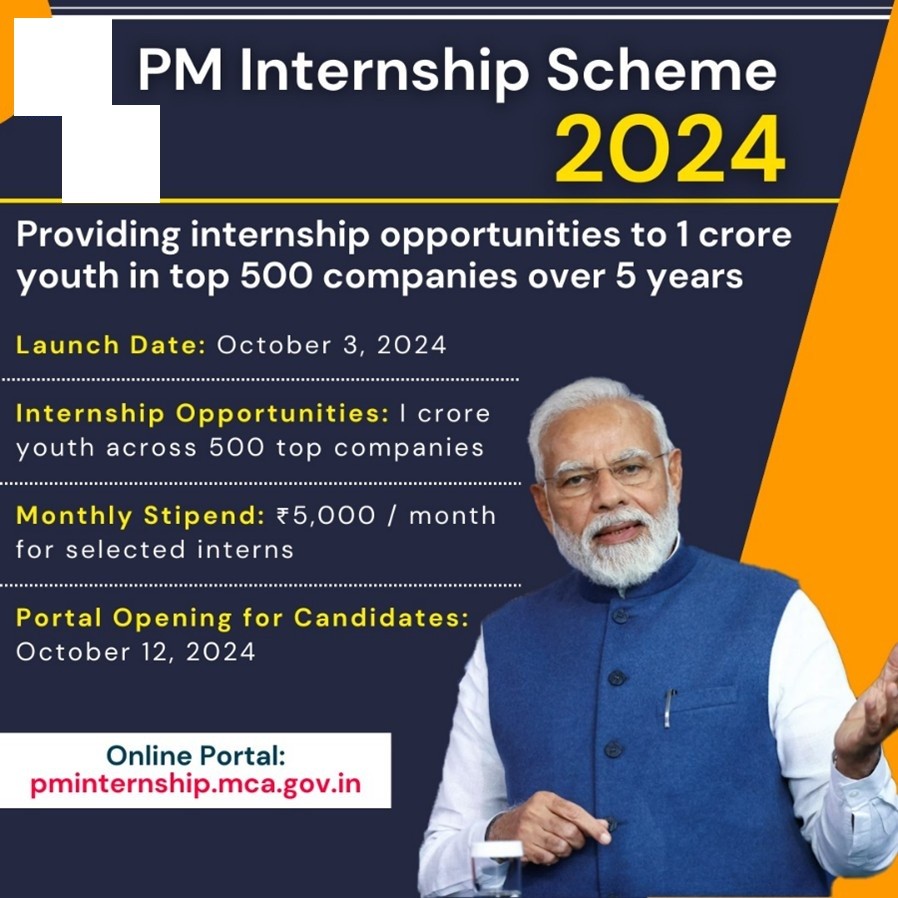
- Formal Employment Growth: Net payroll additions under EPFO have more than doubled in the past six years, signalling growth in formal employment.
- Labour in the AI Era:
- AI's Impact on the Workforce: AI is expected to surpass human performance in decision-making across sectors like healthcare, education, and business.
- Barriers to AI Adoption: Challenges include concerns over reliability, inefficiency, and infrastructure deficits, providing a window for policymakers.
- India’s Window of Opportunity: India has time to build foundations and create an institutional response for AI’s future impact.
- Augmented Intelligence: Future work will integrate human capabilities with machine intelligence to enhance efficiency and potential.
- Collaboration for AI Integration: Government, private sector, and academia must collaborate to minimize the adverse effects of AI transformations.
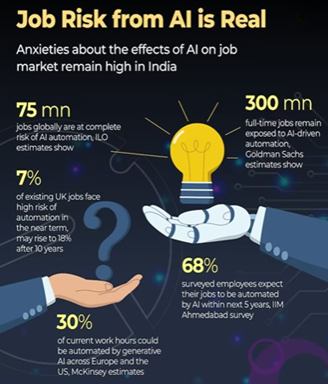
- Positive Growth Outlook
- India’s economy is on a positive trajectory with expected growth between 6.3% and 6.8% in FY26, signalling resilience despite global challenges.
- Impact of Structural Reforms
- Structural reforms in key sectors, such as infrastructure, industry, and digital services, are expected to drive sustainable long-term growth.
- Commitment to Development
- The government's focus on inclusive development, with initiatives in social services, agriculture, and skill development, aims to strengthen India's position as a global economic leader.
- Navigating Global Uncertainty
- India’s strategy of resilience amid global economic shifts, coupled with deregulation and ease of doing business, will be crucial to harnessing opportunities in the evolving global landscape.
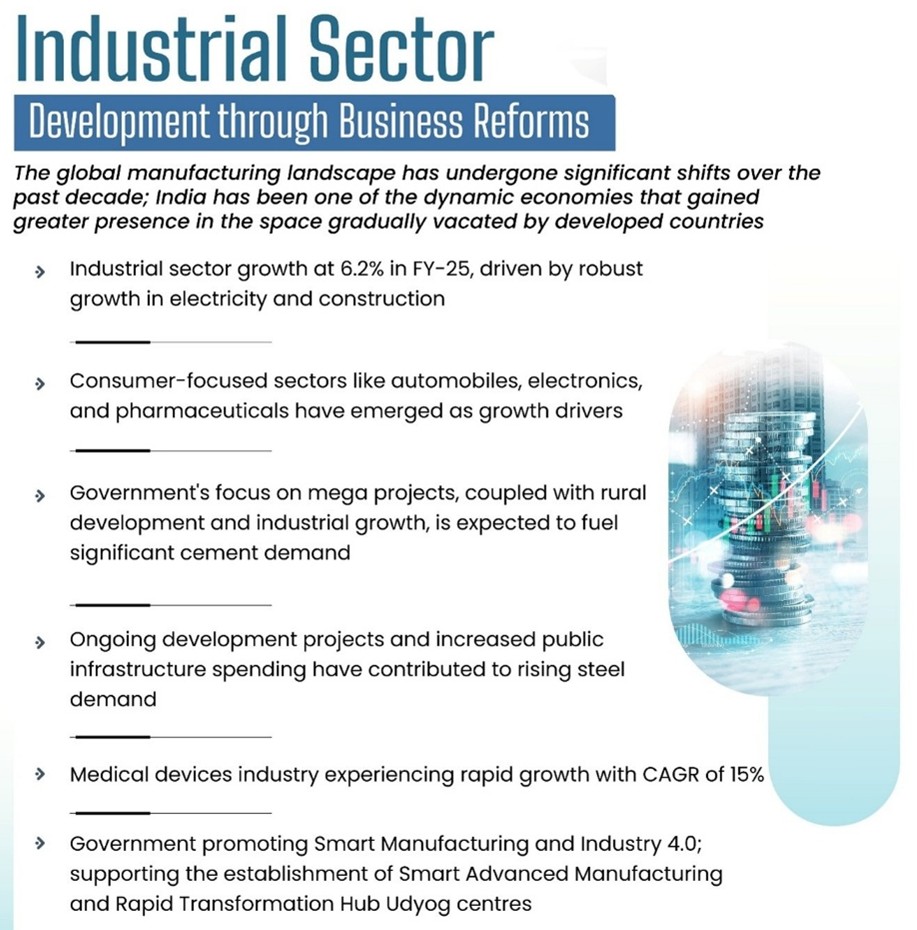
- Path to 'Viksit Bharat'
- With continued reforms, strategic investments, and a focus on technology-driven growth, India is on track to achieve its vision of becoming a developed nation by 2047.
-------------------------------------
Leave a Reply
Your Comment is awaiting moderation.


